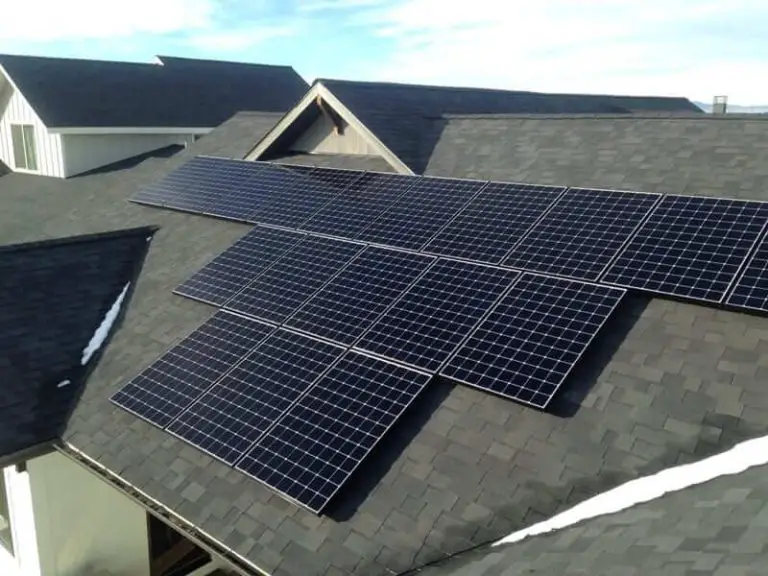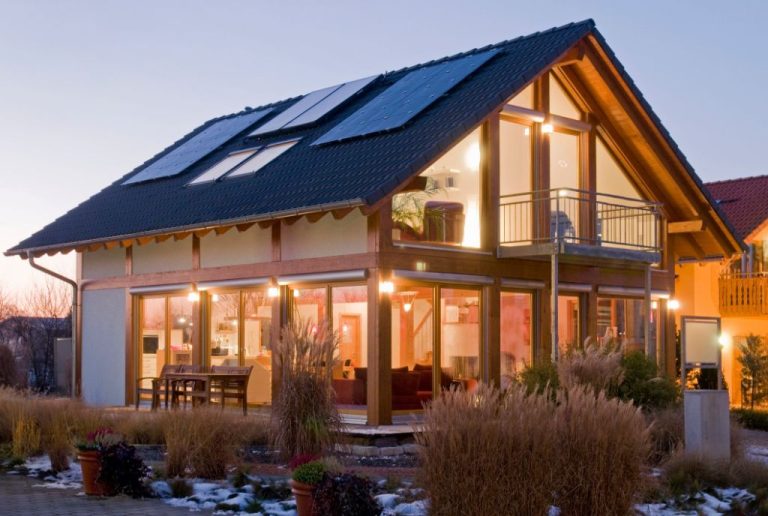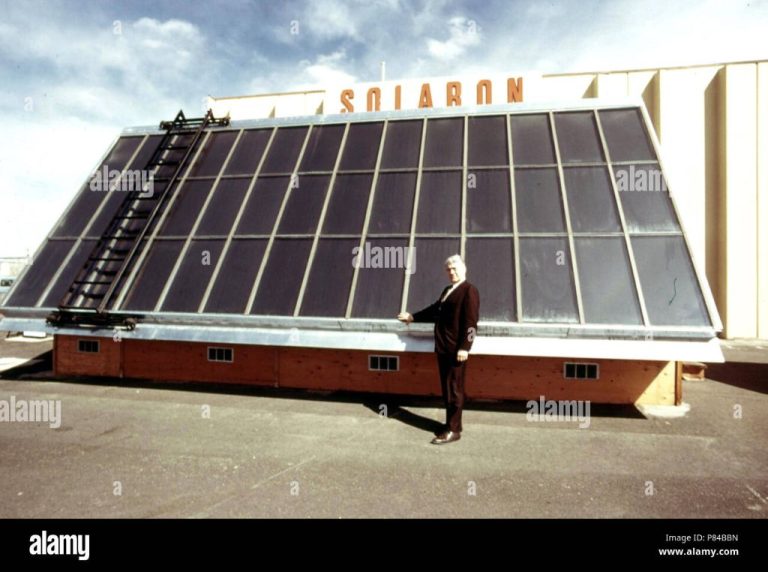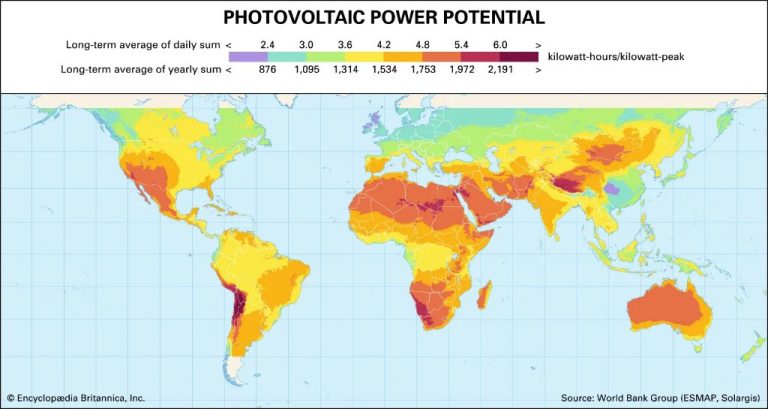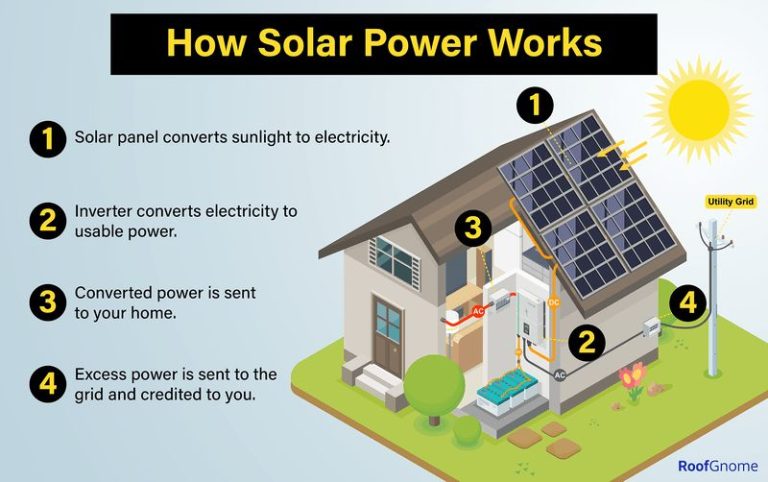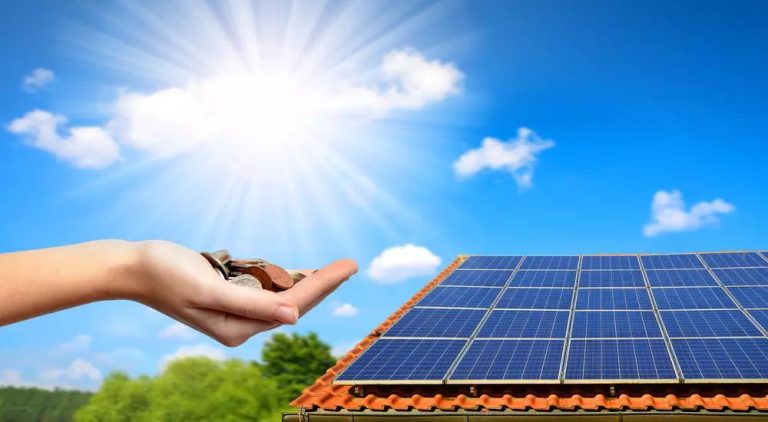What They Don T Tell You About Solar Energy?
Upfront Costs
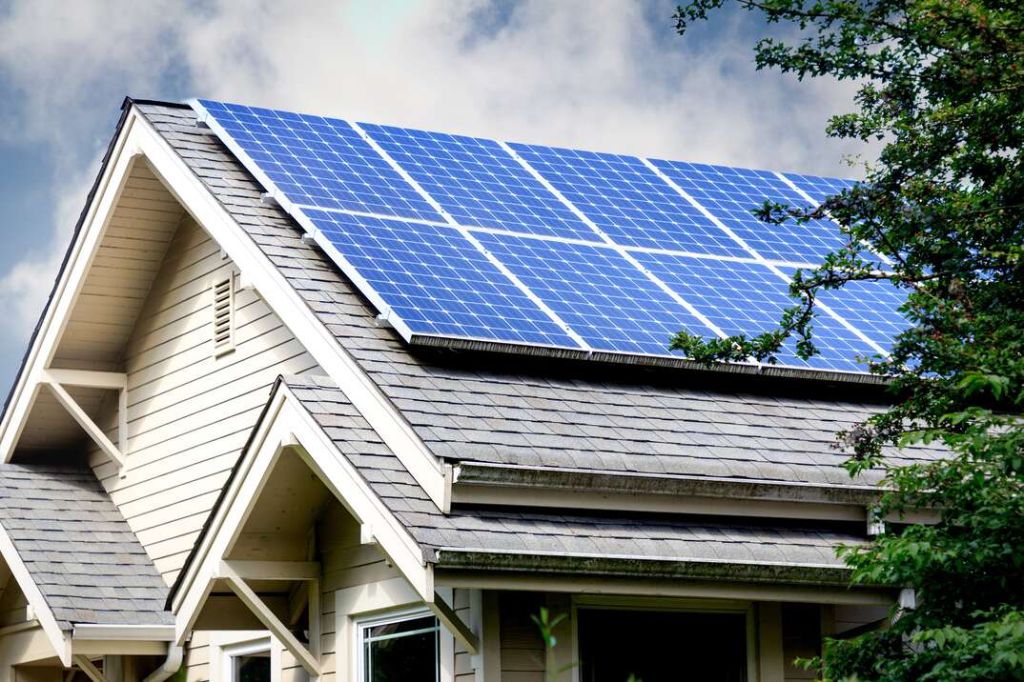
The upfront cost of installing solar panels can be quite high compared to other home energy systems. According to Energysage, the average cost of solar panel installation ranges from $15,000 to $25,000 after tax credits and incentives for an average sized residential system of 5-6kW. This covers the solar panels themselves as well as labor and permitting costs for installation (Energysage). For a 2,000 square foot home, expect to pay around $18,000 for a properly sized solar system (MarketWatch).
The high initial investment for solar can deter some homeowners who don’t want to pay thousands upfront. However, solar incentives like tax credits and rebates can reduce the net cost of a solar system. Additionally, solar panels can yield over 10 years worth of electricity savings which offsets the initial costs over the long run.
Maintenance
Solar panels require regular maintenance and cleaning to operate efficiently. Dust, dirt, snow, and debris collecting on the panels can block sunlight and reduce power output. The Department of Energy found solar panel output can decline up to 35% in just one year without proper cleaning and maintenance procedures. This can significantly impact return on investment.
According to studies by the National Renewable Energy Lab, solar panel maintenance costs average around $31 per kW per year, or about $570 annually for a typical 5kW residential system. This covers the cost of annual inspections, biannual panel cleanings, and any minor repairs over the system lifetime.
While the average cost is $570, most homeowners pay between $400-$740 per year. Professional solar panel cleanings typically cost $150 each. Annual inspections to check connections and catch issues early usually run $150 per visit. Replacing peripherals like inverters and optimizers may be needed every 5-10 years for several hundred dollars. Proper maintenance helps minimize major repairs down the road.
Efficiency
The efficiency of solar panels can vary significantly depending on location and weather conditions. Areas that receive more consistent sunlight throughout the year will generally see higher efficiency from solar panels. The southwestern United States has some of the highest solar potential, with states like Arizona, Nevada, New Mexico, and parts of California receiving the most sunlight. The Solar Energy Industries Association found Arizona to have the highest average solar radiation in the country [1].
In contrast, states in the northwest and northcentral regions tend to receive less sunlight due to cloud cover and precipitation. Oregon and Washington see lower efficiency from solar panels than sunnier states, along with parts of the Midwest like Michigan and Ohio [1]. The Global Solar Atlas provides solar irradiation data by location showing these regional differences [2].
Beyond geography, seasonal differences also impact solar efficiency. Areas with cold and snowy winters may produce less solar energy during those months compared to summer. However, modern solar panel systems can still generate electricity even in colder or cloudier conditions.
Batteries
Adding battery storage to a solar system allows you to store excess energy generated during the day for use at night or on cloudy days. However, batteries can add significant cost. According to research from Bankrate, the cost of popular solar batteries ranges from $6,000–$23,000 depending on the capacity and brand (https://www.bankrate.com/homeownership/solar/solar-battery-cost/). Most homes require at least 10-15 kWh of storage for overnight power, which could cost $10,000 or more just for the batteries.
Batteries also degrade over time, meaning they will likely need replacement after 5-10 years. This adds to the long-term cost of a solar plus storage system. Unless your utility has high demand charges or you experience frequent outages, batteries may not provide enough savings or backup capability to justify the substantial upfront investment at today’s prices.
Grid Reliance
Most residential solar systems installed today are grid-tied, meaning they are connected to the electric grid and not equipped with battery storage (SunCityEnergy, 2021). During the day when the solar panels produce more electricity than the home is using, the excess power flows back into the grid. At night or on cloudy days, the home draws power from the grid when needed.
This arrangement works well when the grid is reliable. However, grid-tied systems provide no backup power during blackouts. Adding battery storage substantially increases costs. There are also limitations, known as the 120% rule, on how much excess power grid-tied systems can export back to the grid (AltE Store, 2018). Upgrading electrical panels or adding equipment may be required to remain compliant.
While grid-tied systems take advantage of net metering policies and ease concerns about storage, relying solely on the grid means losing power when it goes down. There are some benefits, but also drawbacks, to consider.
Appearance
Solar panels are notoriously known for being less than attractive once installed on rooftops. While the panels themselves are slim and have a modern design, they can still potentially detract from a home’s curb appeal and overall aesthetics.
The large, dark panels stand out starkly on lighter roof materials like asphalt shingles or clay tiles. Moreover, most panels are set up in tight, geometric rows which visually overwhelm the roof surface and create a jarring, industrial look (pv-magazine-usa.com).
Homeowners seeking to increase curb appeal while going solar do have options however. Wiring setups on the rear of rooftops or alternative materials like solar shingles can help the system visually blend into the home better. Using less obtrusive railings and minimizing panel clutter are other strategies (thinkepic.com). Still, inherent limitations on appearance remain an obstacle for many homeowners.
Wildlife Impact
Solar farms can have an impact on local wildlife and habitats. Large solar arrays can take up significant land area, which means displacing natural habitats and animal communities. One 2021 study found that utility-scale solar facilities had on average a 108% higher rate of habitat destruction compared to fossil fuel plants.
Solar projects located in desert environments can fragment habitats, disrupt animal movement, and increase road mortality for species. In particular, solar facilities in the Mojave Desert have affected threatened desert tortoise populations. Mitigation strategies like perimeter fencing and culvert underpasses have aimed to reduce harm.
Birds are also vulnerable around solar sites. Reflected light from panels can attract insects and act as an ecological trap. Birds also mistake panels for water habitat. Siting solar thoughtfully and avoiding key migration pathways and habitats can help reduce avian mortality.
Overall, while solar has fewer life cycle impacts than fossil fuels, large-scale solar facilities still require responsible siting to minimize disruptions to wildlife. Careful planning, mitigation strategies, and habitat restoration efforts can aim to offset solar’s ecological footprint.
Disposal
Solar panels can create significant electronic waste when they need to be replaced after around 25-30 years of use (EPA, 2023). Most solar panels end up in landfills, since recycling options are still limited. Recycling solar panels is difficult due to the multiple materials used, including glass, polymers, and semiconductor materials (Knight, 2021). Some companies are working on innovative recycling methods to recover materials from used panels and reduce solar e-waste. But currently, solar panel disposal and recycling costs often exceed any profits from recovered materials. More recycling infrastructure and technological advances are needed to handle the growing volume of end-of-life solar panels.
Weather Dependence
One limitation of solar panels is their dependence on sunny weather. Solar panels rely on direct sunlight to effectively generate electricity. On cloudy or stormy days, solar panel output can decrease significantly. According to a Solar Alliance article, solar panels typically produce 10-25% of their rated capacity on very cloudy days. Thick cloud coverage or storms can block a large portion of sunlight from reaching the panels, reducing power generation. Areas with frequently overcast weather may get lower solar production overall compared to sunnier regions. Solar panels will still produce some electricity on cloudy days, but maximum output requires sunny conditions.
Snow can also limit solar panel productivity in winter. A covering of snow reflects sunlight instead of allowing it to reach the panels. Snow buildup requires clearing panels off regularly to maintain winter electricity generation. Overall, solar panels work best in regions with high amounts of direct sunlight and minimal cloudy or snowy weather.
Limitations
One of the biggest limitations of solar energy is its intermittency and dependence on consistent sunlight. Solar panels can only produce electricity when the sun is shining, so energy generation is restricted to daylight hours. Areas with shorter winter days or more overcast weather will see less solar electricity generation during those periods (Source). This intermittency makes solar reliant on batteries or other energy sources to provide power when the sun isn’t shining.
The amount of sunlight that reaches the solar panels is also critical for energy generation. Factors like cloud cover, pollution, dust and grime buildup, and shading from trees or buildings can further limit the solar potential at a site. Locations that receive fewer annual sunlight hours will produce less solar energy overall. Even brief cloud coverage or storms can significantly impact solar panel output throughout the day (Source).
While solar energy can offset grid power usage, its intermittent nature means most solar installations remain connected to the utility grid for back-up power. Homes and businesses with solar arrays rely heavily on grid power at night and during low-light conditions. These limitations means solar works best when paired with batteries or other renewable sources rather than being a standalone system.

